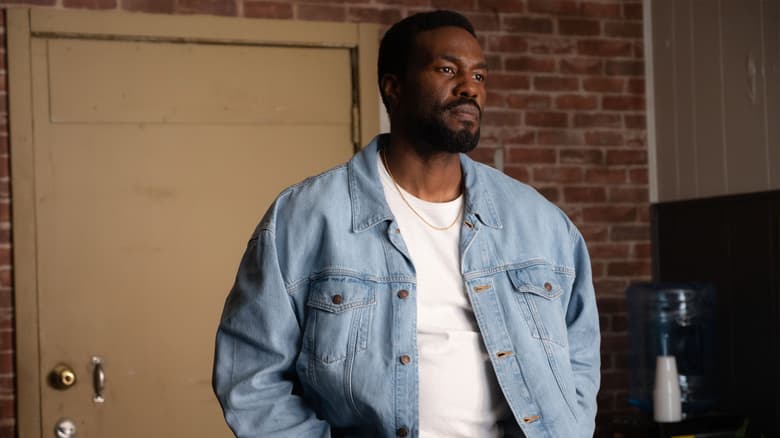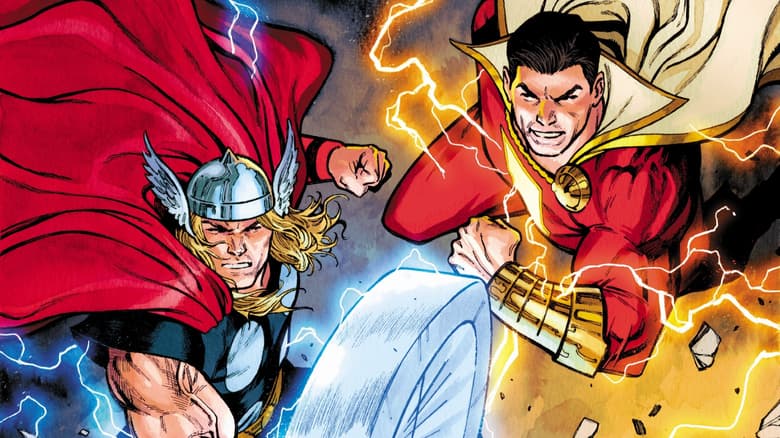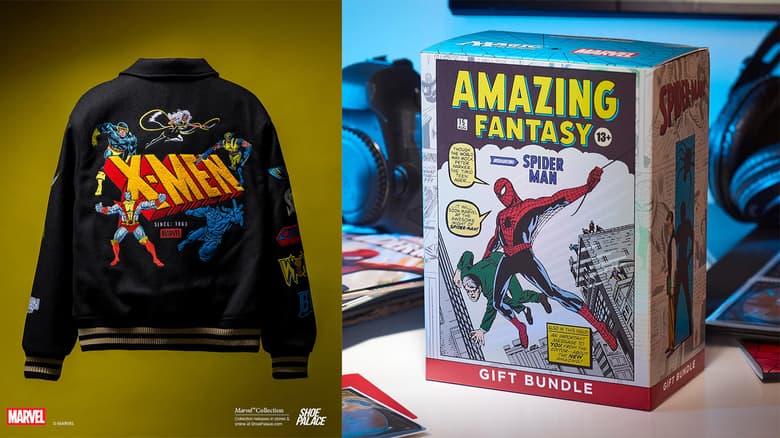The Uncanny Chris Claremont
A look back at Claremont's landmark run on 'Uncanny X-Men' that began in the 1970s.

British-born writer Chris Claremont never originally imagined a life in comics, but he crafted an elegant yet exciting framework for an X-Men universe that still thrives and thrills readers to this day.
Prior to his unprecedented 16-year run on UNCANNY X-MEN, Marvel’s merry mutants existed on a lower rung of the company’s hierarchy of characters. But working with such amazing artists as Dave Cockrum, John Byrne, Paul Smith, and John Romita Jr., Claremont elevated the X-Men to a lofty, loving spot in fans’ hearts. His near-obsession with detail, characterization, and a scripting approach more at home with prose novels still sets him apart today, and tells a rags-to-riches tale of an uncanny legacy in comics.
Females First
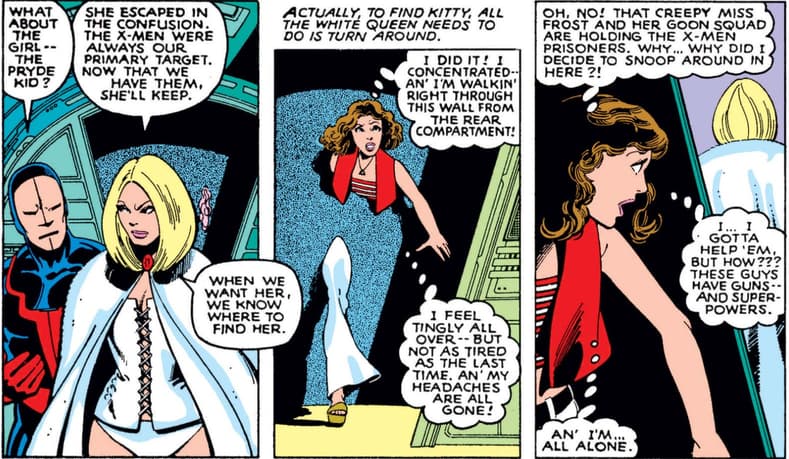
Ask any X-fan to tell you one of Chris Claremont’s greatest impacts on the mutant team and the probability’s high that they’ll cite his creation of and focus on female characters.
One of the earliest of his creations, Lilandra of the alien Shi’ar race, grew from Claremont’s plan for a love interest for Charles Xavier into a force for change. Likewise, Betsy Braddock, who debuted in 1976’s CAPTAIN BRITAIN #8, began as the younger sister of England’s hero Brian Braddock, but years later transformed into the mutant hero Psylocke to become a Claremont fan-favorite female.
After the villainous Mystique’s introduction in 1978, the writer hit the ground running in the 1980s with a string of new female characters who proved their worth alongside their male teammates. Kitty Pryde entered the X-Mansion in 1980’s UNCANNY X-MEN #129 and almost immediately shook up the status quo as she trained for a role on the team. The power-stealing Rogue surprised readers in AVENGERS ANNUAL #10, but Claremont didn’t stop there, taking the southern belle down a path to heroism and heartache that resonated with fans.
Another baddie-turned-hero Emma Frost was introduced in UNCANNY X-MEN #132 as a malevolent member of the Hellfire Club, though Claremont saw much more potential within her. The same rang true with two other of his women, 1981’s Rachel Summers, and 1983’s Madelyne Pryor, both of them multifaceted characters that the writer invited readers to welcome over a series of stories and multiple plotlines.
In addition to his own creations, Claremont also continued to develop existing X-Women such as the former Marvel Girl Jean Grey and Storm of the “All-New All-Different” X-Men.
Storyline Sagas

Assigned a series and a concept that admittedly wasn’t much of a headliner in the mid-1970s, Chris Claremont found himself with more-or-less free reign to weave a tapestry more like a novel than a done-in-one comic book. In doing so, he began to build intricate plots and sub-plots that often played out over years and insured fan loyalty to the X-Men. As a writer, he dominates any online list of “Greatest X-Men Storylines,” a tribute to his approach to the series.
Undoubtedly, Claremont’s first story that fully resonated through fans must be the “Dark Phoenix Saga” of UNCANNY X-MEN #129-137. Multilayered and anchored with moral dilemmas, Jean Grey’s transformation from heroine to universal force to ultimate evil still stands out as the writer’s tour-de-force in comic books. After that, and only a few issues later, his “Days of Future Past” in UNCANNY X-MEN #141-142 described dark days ahead for mutants, but won the admiration of his followers.
“Lifedeath” came next in UNCANNY X-MEN #185-188, in which Claremont told the tale of Storm’s loss of powers, her falling in love, and her ultimate betrayal. Somewhat down the road he allowed the alien Brood to assault Earth in “Broodfall,” as seen in UNCANNY X-MEN #232-234, a story that forced the X-Men to fend off the infestation with unheard of levels of violence and strength.
Likewise, the demons of “Inferno” in UNCANNY X-MEN #239-243 showed that the writer could fold a company-wide crossover into his ongoing saga with skill and sublime artistry, and his take on the possible redemption of Magneto in the “Crossroads” story arc of UNCANNY X-MEN #274-275 illustrated his desire to keep old villains fresh and timely.
Inheriting Icons
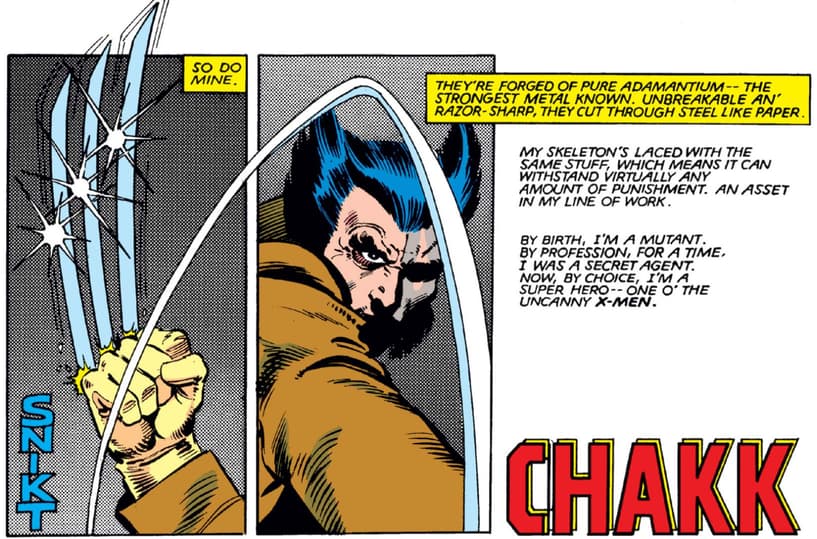
Beyond the new characters and concepts, and beyond the richly embroidered, intricate arcs, Chris Claremont paid homage to the heroes and villains he inherited, and built them into icons. Perhaps no two of them stand as tall in the X-firmament than Wolverine and Magneto.
Early in his UNCANNY X-MEN tenure, Claremont increased Wolverine’s coolness factor in his stories, but also tipped his hat to filling in the mystery mutant’s past. Readers saw details in and around the husky hero’s adventures that hinted at his origins as a living killing machine as well as his ability to find inner peace. The writer wove tales of Wolverine’s connection to Japan in addition to the atrocities heaped upon him at a formative time of his life, rich moments that future writers picked up on to fully reveal his backstory.
Magneto first appeared in Claremont’s comics as a larger-than-life baddie, the mutant with the healthy disdain for us poor, powerless homo sapiens, but then something happened: he grew a soul. Claremont opened a Pandora’s Box of surprises for readers which explained the villain’s motivations and his link to Nazi concentration camps of World War II, and in doing so essentially created a new character out of the X-Men’s first foe. Magneto straddled the line between good and evil in the writer’s world, a fully fleshed-out and formative force to be reckoned with… and the fans loved it.
Chris Claremont’s legacy can’t be summed up in total, not just yet. He’s returned to the X-Men more than once over the years since his long love-letter to UNCANNY X-MEN and other creations like Excalibur, the New Mutants, and more, and X-fans hope to still see new adventures like no one else but him can spin.
To learn more about Marvel’s 80th Anniversary, visit marvel.com/marvel80!
The Daily Bugle
Can’t-miss news and updates from across the Marvel Universe!

